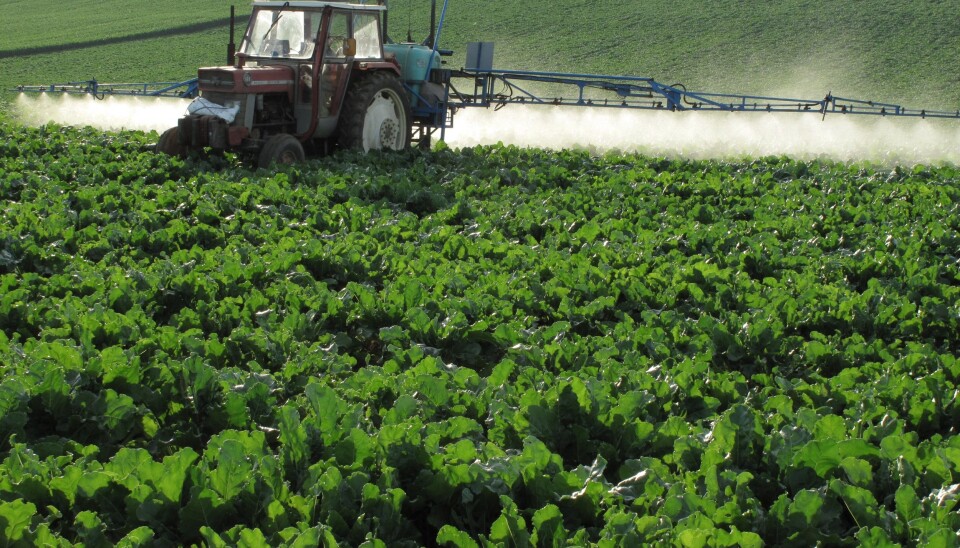
Nitrous oxide is the new ozone enemy
Nitrous oxide affects both the ozone layer and global warming when it’s released into the atmosphere. Farmers and wastewater treatment plants are among those who send out gas, and now Danish scientists have set out to figure out how this works.
When a farmer fertilises the soil, tiny bacteria convert the nitrogen in the fertiliser into the by-product nitrous oxide.
Nitrous oxide is a greenhouse gas that is 300 times stronger than CO2. In addition, it destroys the ozone layer, which is our only protection against the sun’s ultraviolet rays.
The gas occurs in large quantities in Nature, but today humans account for one third of all nitrous oxide emissions into the atmosphere – and man’s share is on the rise.
Agriculture and wastewater treatment plants are responsible for most of the man-made nitrous oxide in this part of the world, and now a research team from the Technical University of Denmark (DTU) has set out to try and reverse this trend:
The CFC gases have a degradation time of 50-100 years, so it will take some time before we’re back to the ozone levels we had before these gases started to appear.
Niels Larsen
“The more fertiliser you use in agriculture, the more nitrous oxide you’ll get. These are small bacteria that convert nitrogen in the fertiliser into the by-product nitrous oxide,” says microbiologist Bo Thamdrup, who heads the project at DTU.
Ozone layer still in danger
There is every reason to take good care of Earth’s ozone layer, because it takes good care of us.
“Without the ozone layer, no life could exist on Earth,” says Niels Larsen, the head of research at The Danish Climate Centre at the Danish Meteorological Institute. “It protects us against the sun’s ultraviolet rays, which would otherwise be so strong that we simply could not live here.”
Up through the 1970s and the 1980s, large quantities of ozone disappeared from the atmosphere as a result of the so-called ‘CFC gases’, which were used in spray cans and cleaning products until they were banned in 1989. But the ozone layer is still in danger:
“The CFC gases have a degradation time of 50-100 years, so it will take some time before we’re back to the ozone levels we had before these gases started to appear,” says Larsen.
In the meantime, nitrous oxide emissions levels will rise, and that will break down the ozone when it rises into the atmosphere.
Wastewater treatment plants emit nitrous oxide
When wastewater treatment plants remove nitrogen from wastewater, nitrous oxide is released into the atmosphere as a by-product. The exact quantities are as yet unclear, but that is what the DTU researchers are aiming to find out.
”We’ll be examining the bacterial processes that occur in the wastewater,” says Thamdrup. “This will be done by taking samples from the wastewater treatment plants and testing them in the laboratory.”
The aim is to make it possible to design wastewater treatment plants so that they remove nitrogen from the wastewater while at the same time minimising nitrous oxide emissions.
-------------------------
Read the Danish version of this article at videnskab.dk






